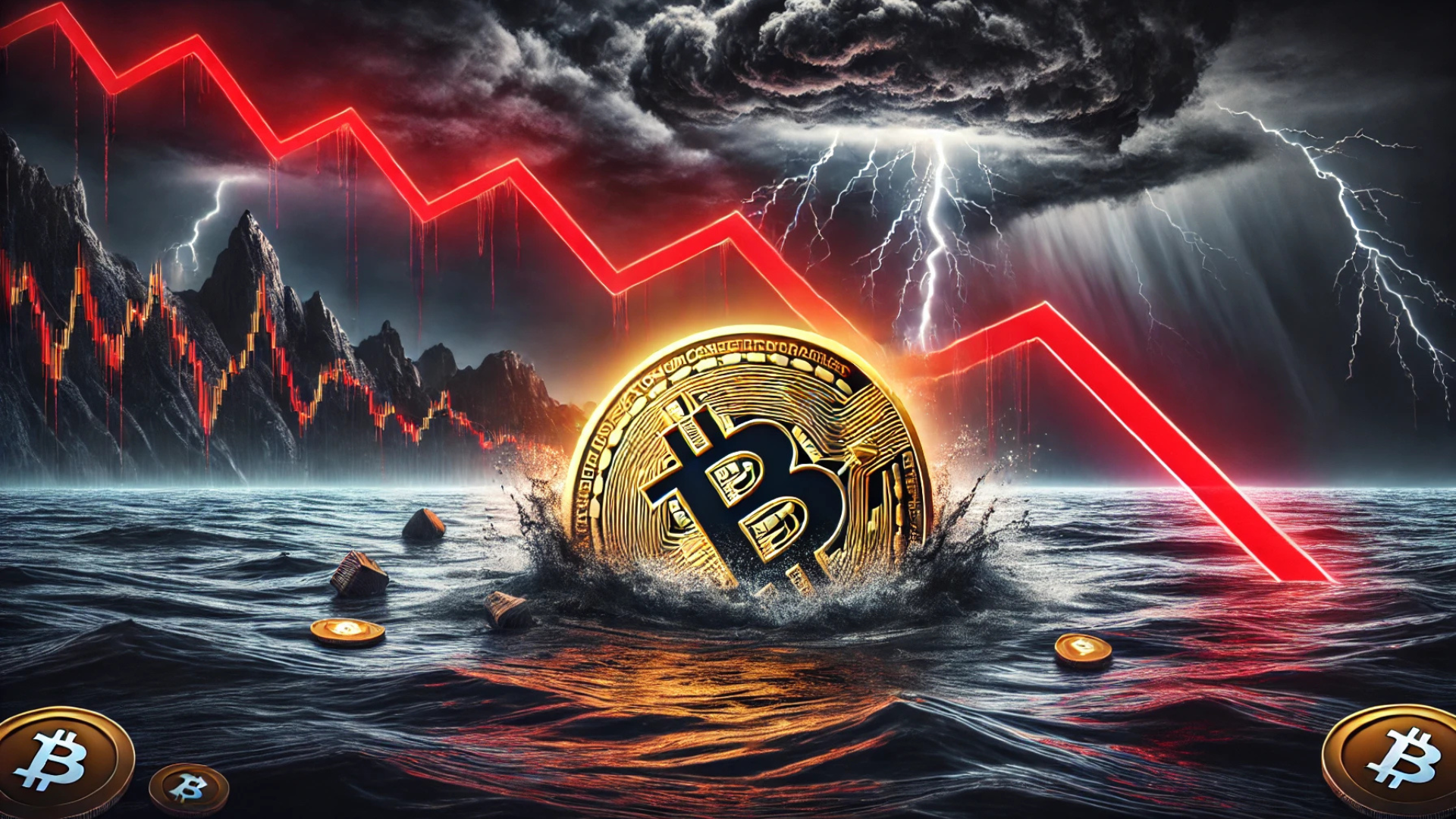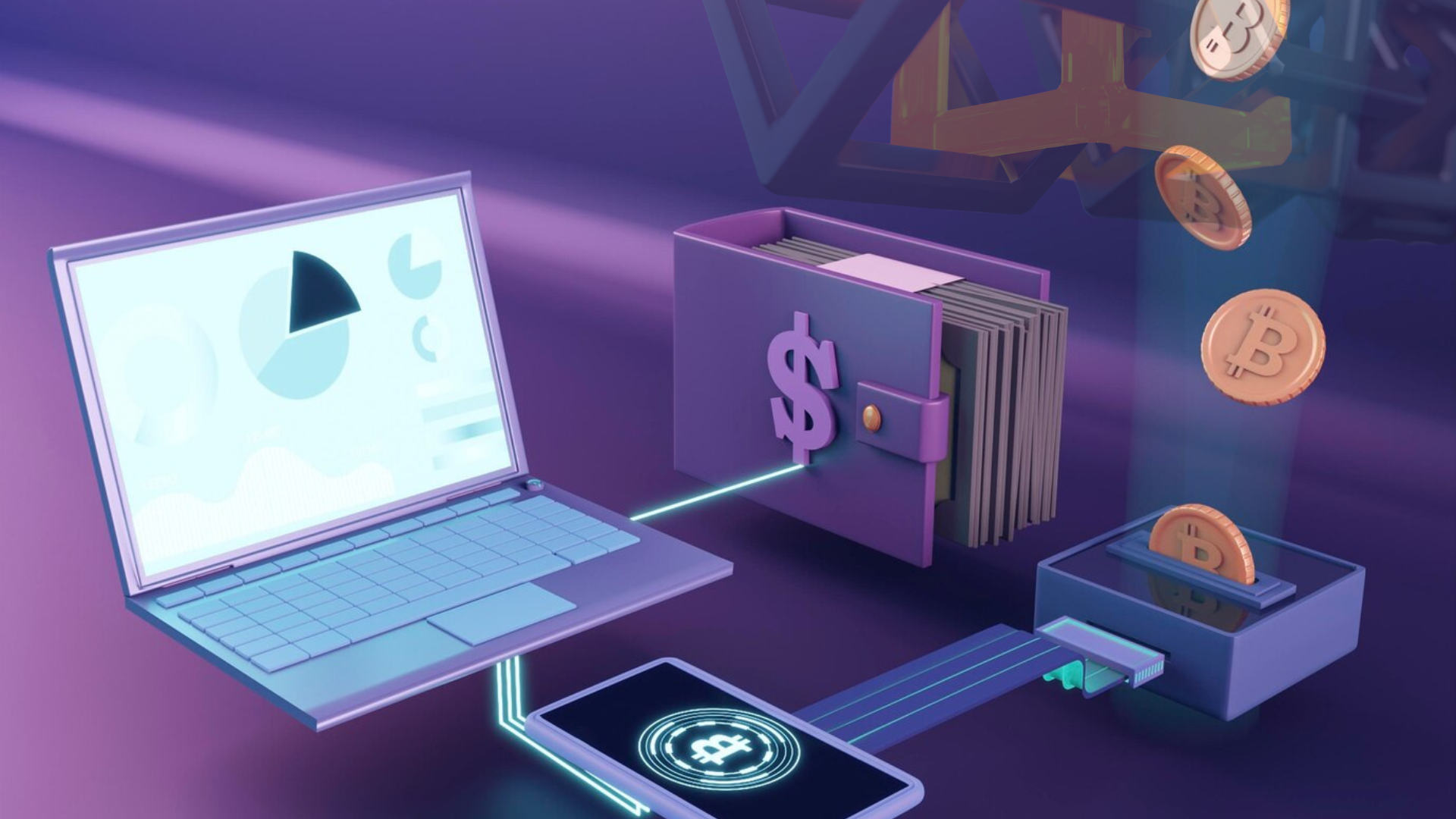
VanEck’s head of digital assets research, Matthew Sigel, has raised concerns over upcoming Solana network upgrades that could significantly reduce validator earnings and potentially increase centralization risks.
Key Proposals and Their Impact
In a March 4 post on X, Sigel highlighted three major Solana Improvement Documents (SIMDs) that aim to enhance the blockchain’s economic framework but could negatively impact validator revenue. The proposals—SIMD 096, SIMD 0123, and SIMD 0228—have sparked debate within the Solana community, particularly regarding their long-term implications for network decentralization.
1. SIMD 096: Implemented on February 12, this change redirected 100% of priority fees to validators, removing the previous system that burned half of these fees. While staking payouts increased, off-chain trading agreements between validators and traders were discouraged.
2. SIMD 0123: Currently under review, this proposal suggests further redistributing revenue by requiring validators to pay priority fees to stakers, further reducing earnings for node operators.
3. SIMD 0228: The most controversial proposal, scheduled for a vote on March 6, aims to adjust Solana’s inflation rate based on stake participation. If staking levels remain at 63%, the annual inflation rate would drop from 4.7% to 0.93%, reducing token dilution. While this could help sustain SOL’s value by lowering sell pressure, it would also cut staking rewards, affecting validator profitability.
Financial Challenges for Validators
Validators have expressed concerns over the high costs of running a node on Solana. These include mandatory voting fees of 1.1 SOL per day—amounting to approximately $58,000 annually—and hardware expenses of around $6,000 per year. Currently, only 458 of Solana’s 1,323 validators hold enough stake to remain profitable, meaning smaller operators could struggle to stay viable.
Some community members have proposed reducing voting fees to alleviate financial burdens. However, the proposed inflation reduction could further shrink rewards, potentially forcing smaller validators out and leading to a more centralized network.
Solana’s Market Position and Long-Term Effects
Despite concerns, Solana’s network activity remains strong. In February, the blockchain recorded $109 billion in decentralized exchange (DEX) volume, surpassing Ethereum for the fifth consecutive month, according to DeFiLlama.
Sigel acknowledged that reducing inflation could be beneficial for SOL in the long term by strengthening its value proposition. However, the potential downsides—especially the impact on validator profitability and network decentralization—remain a significant concern for the ecosystem.
As the Solana community prepares for the upcoming votes on these proposals, the outcome could shape the network’s validator landscape and broader economic framework in the months ahead.


























































































































































































































































































































































































































































































































































































































































































































































































































































































































































































































































































































